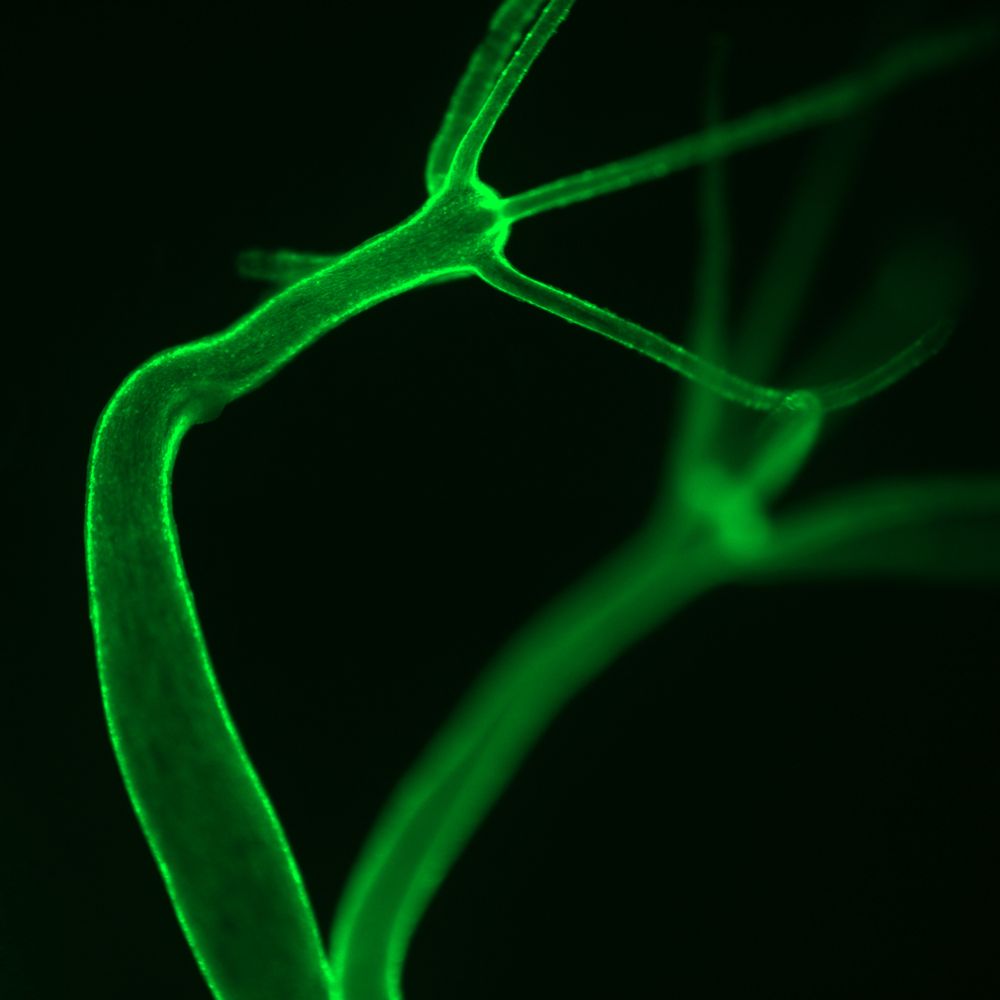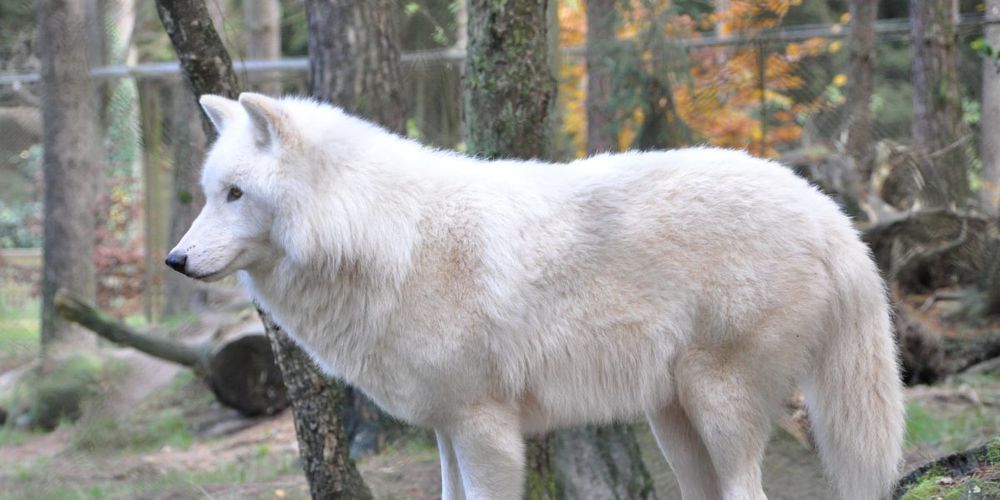Anaïs Bailles
@anaisbailles.bsky.social
190 followers
240 following
15 posts
Biophysicist/Developmental biologist. Postdoc @MPI-CBG, Tomancak lab, working on Hydra. She/her.
Posts
Media
Videos
Starter Packs
Pinned
Reposted by Anaïs Bailles
Anaïs Bailles
@anaisbailles.bsky.social
· Aug 29
Reposted by Anaïs Bailles
Anaïs Bailles
@anaisbailles.bsky.social
· Aug 19
Reposted by Anaïs Bailles
Reposted by Anaïs Bailles
Reposted by Anaïs Bailles




















